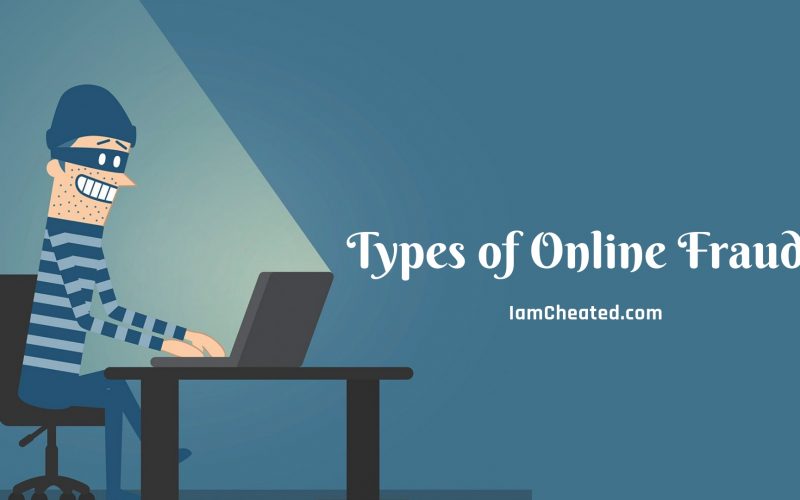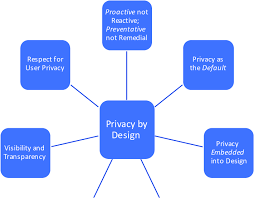24
Sep
Phishing and social engineering are two common tactics used by fraudsters to deceive individuals and manipulate them into revealing sensitive information or performing certain actions. While related, they differ in their specific approaches: Phishing: Phishing is a form of cyber attack where fraudsters impersonate legitimate organizations, such as banks, online services, or government agencies, to trick individuals into divulging personal information or performing actions that benefit the attacker. Phishing attacks are typically carried out through various channels, including email, text messages, instant messaging, or fraudulent websites. The goal is to make the recipient believe the communication is legitimate and take…









